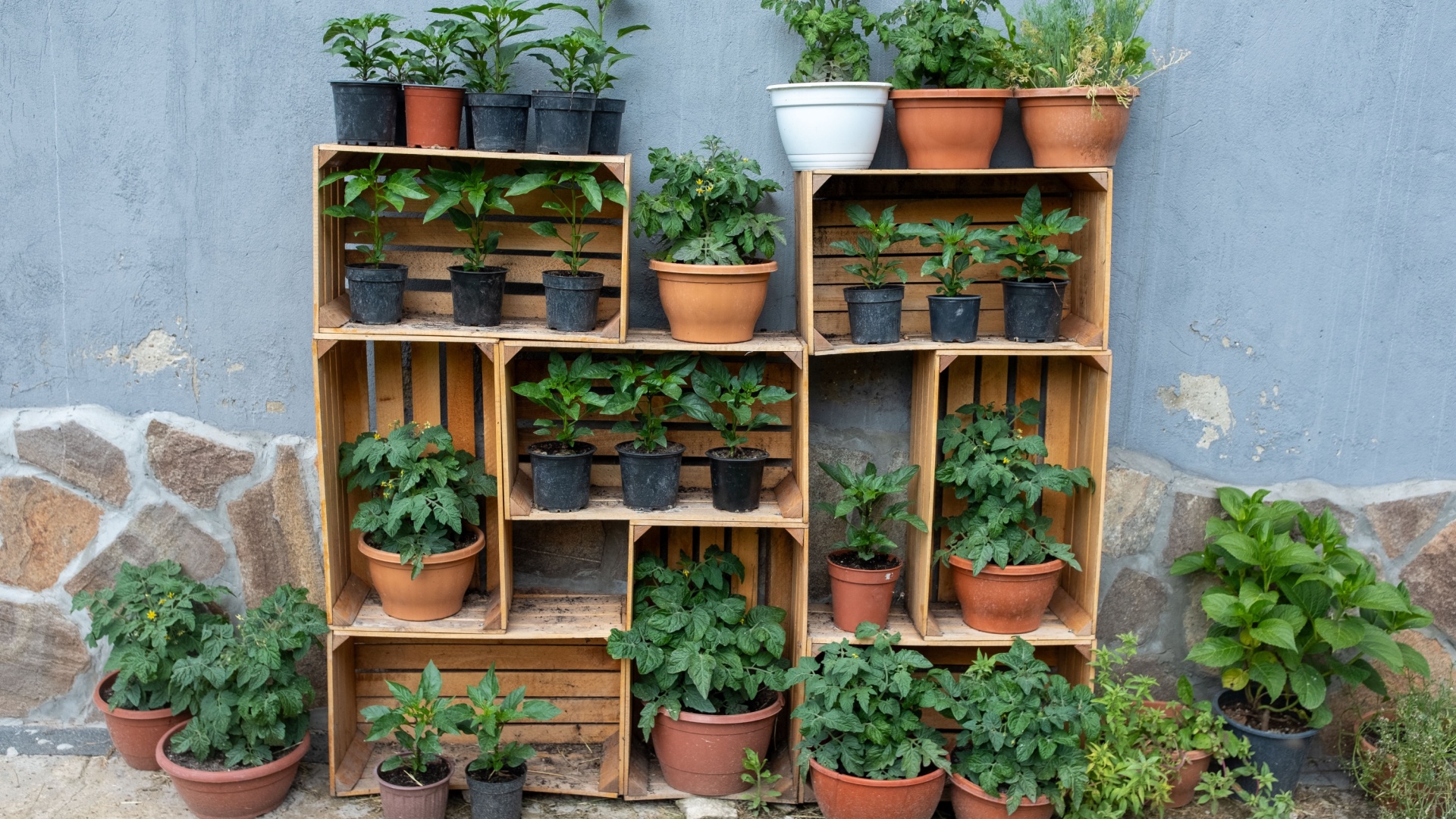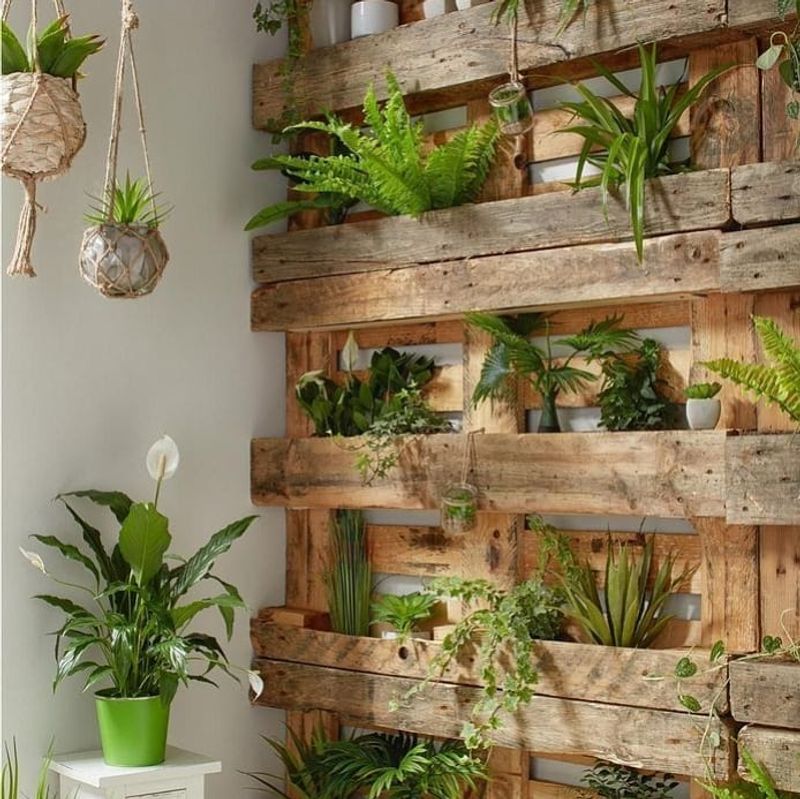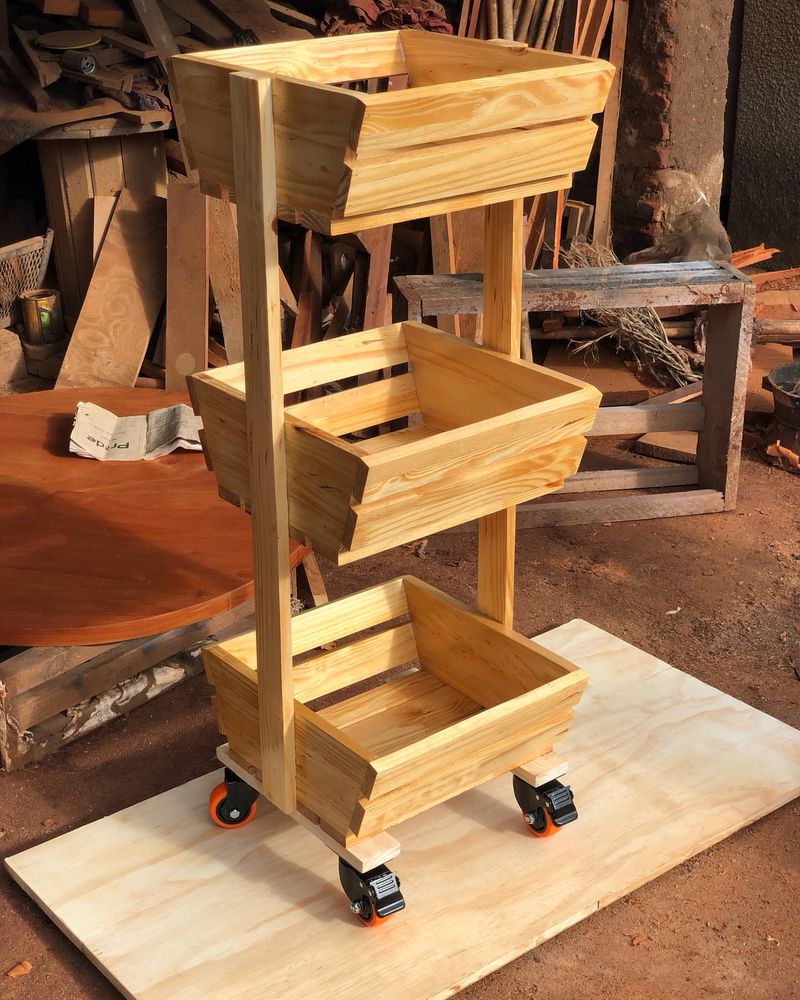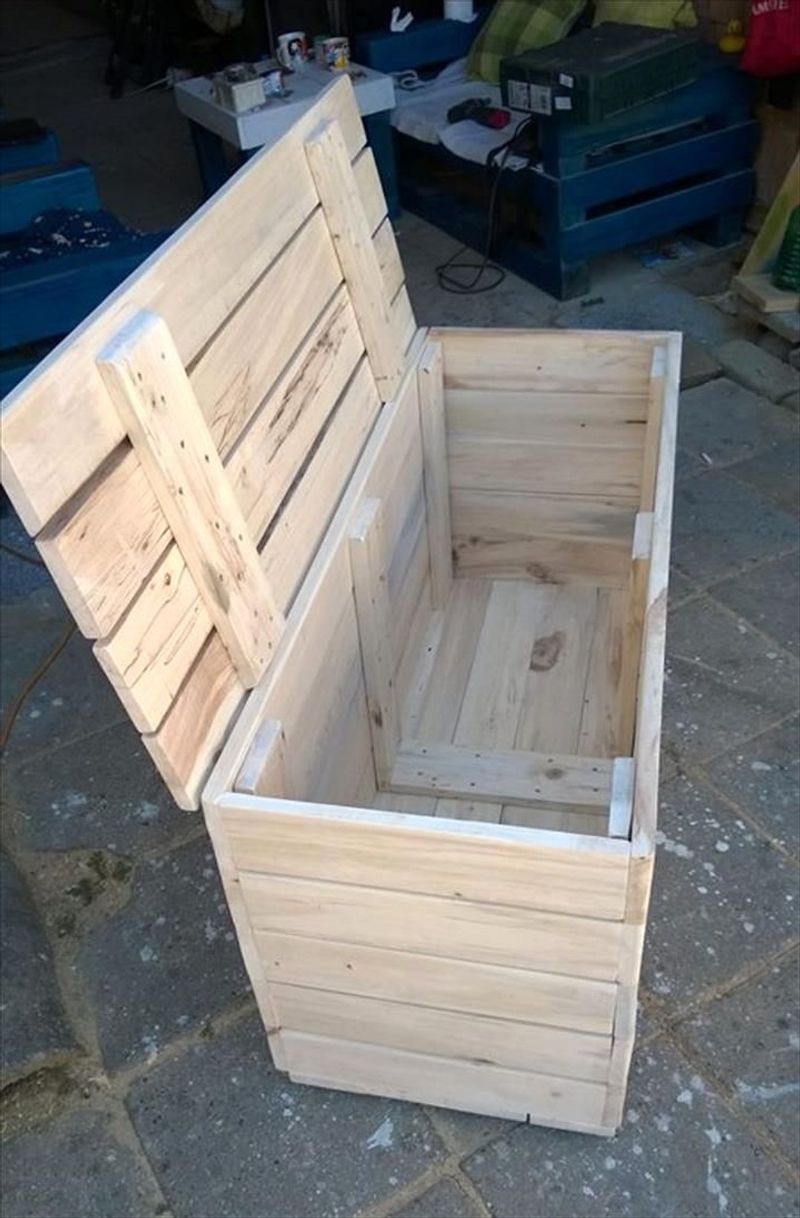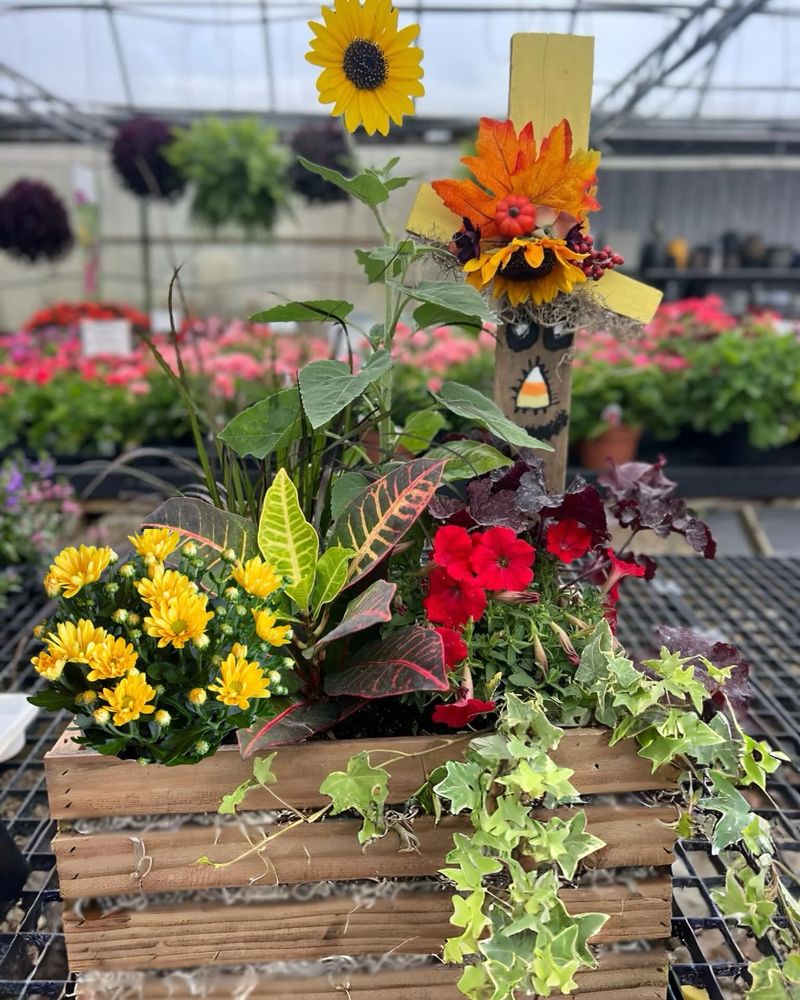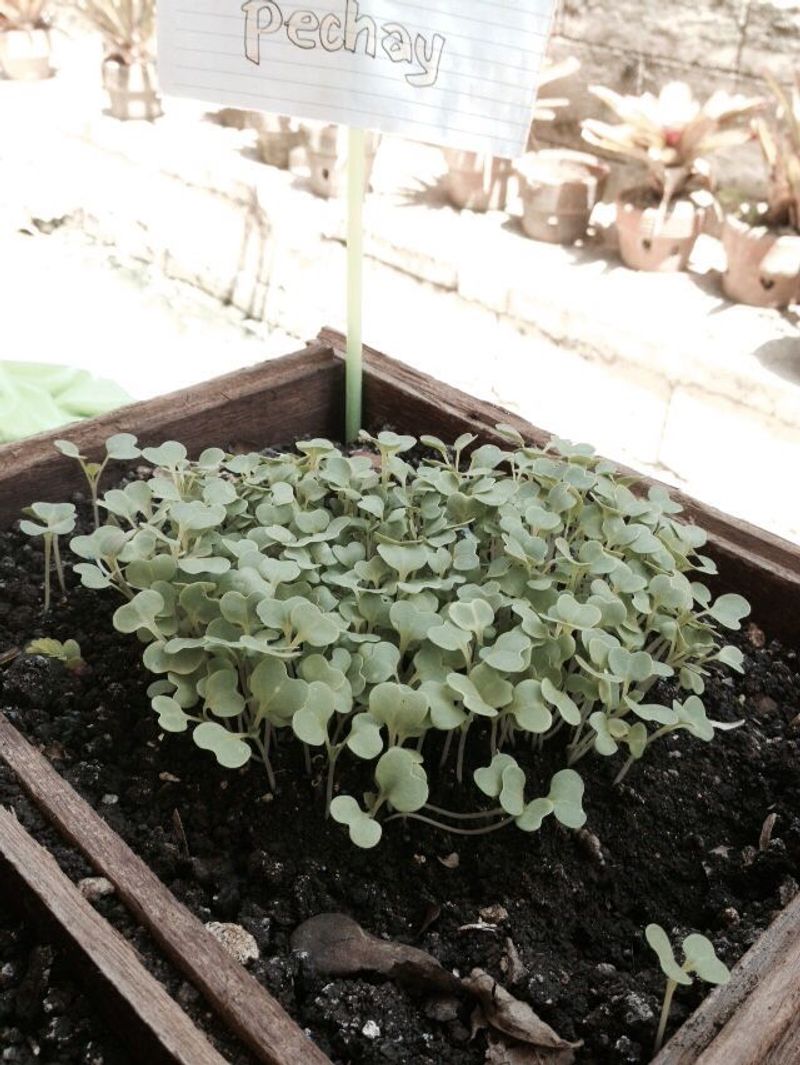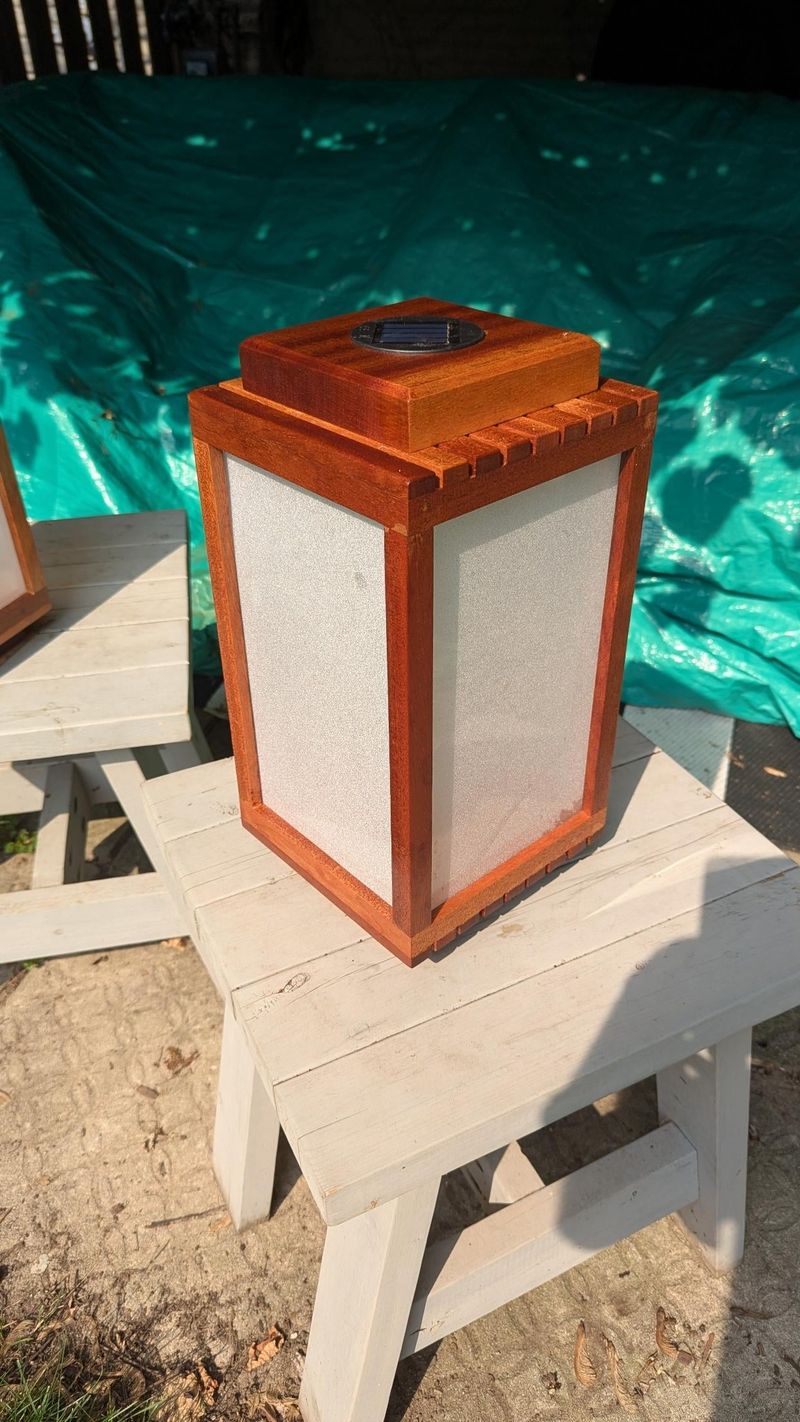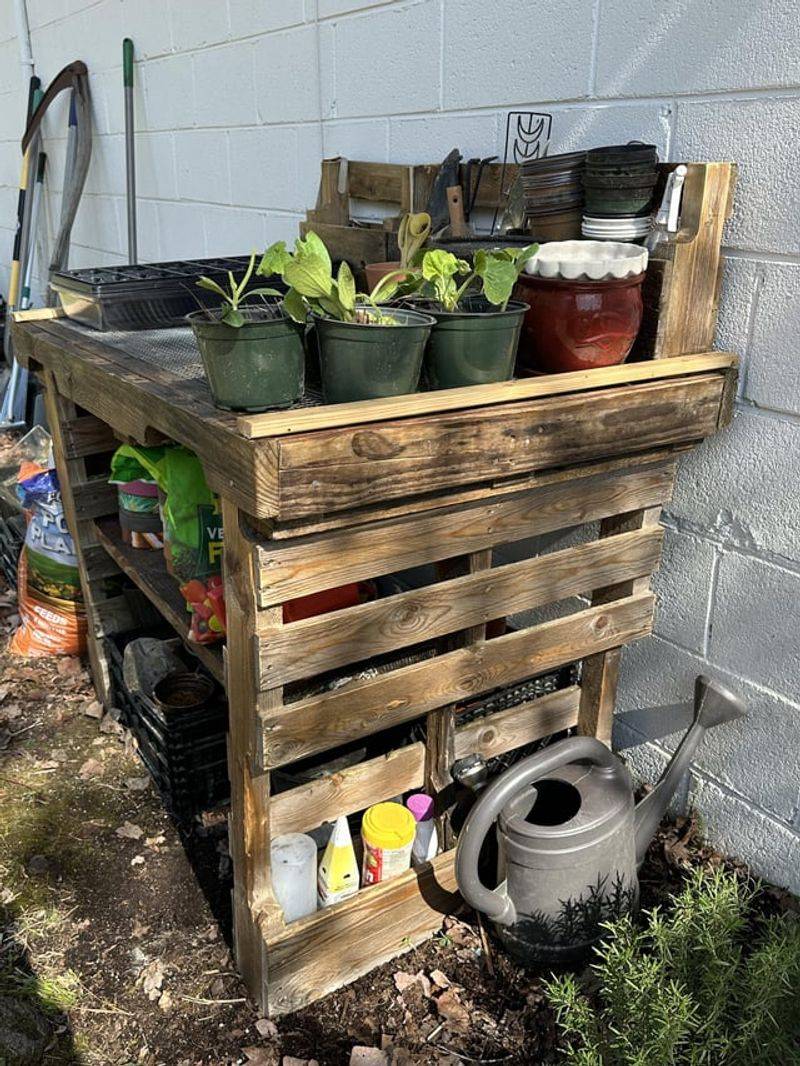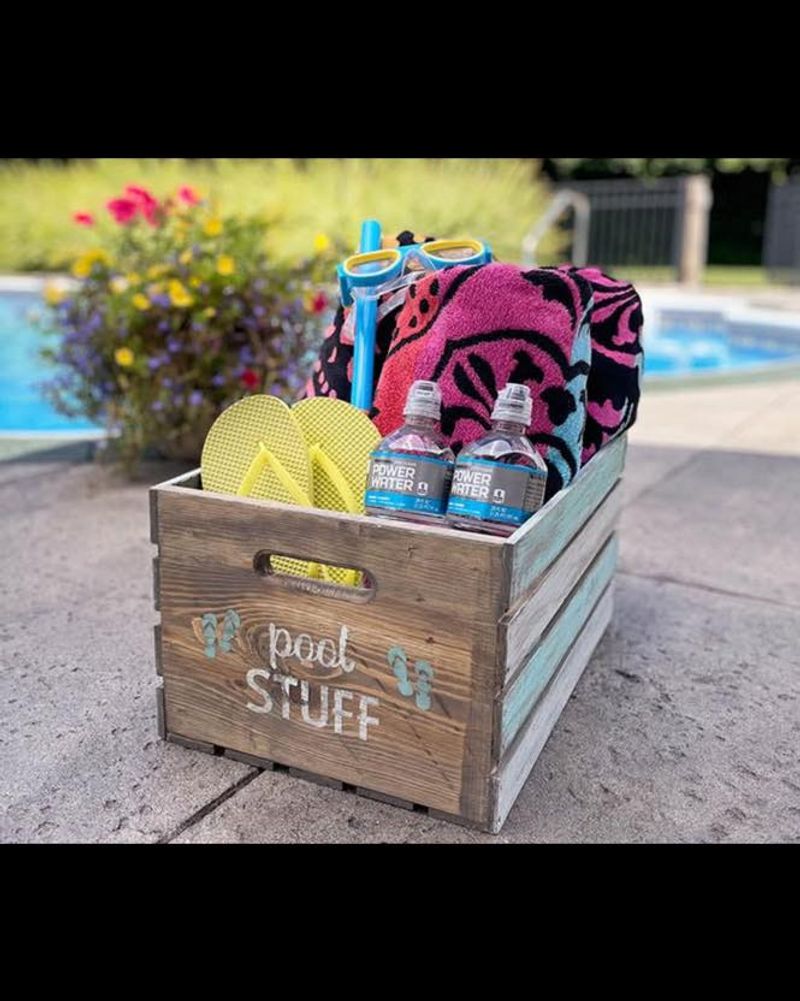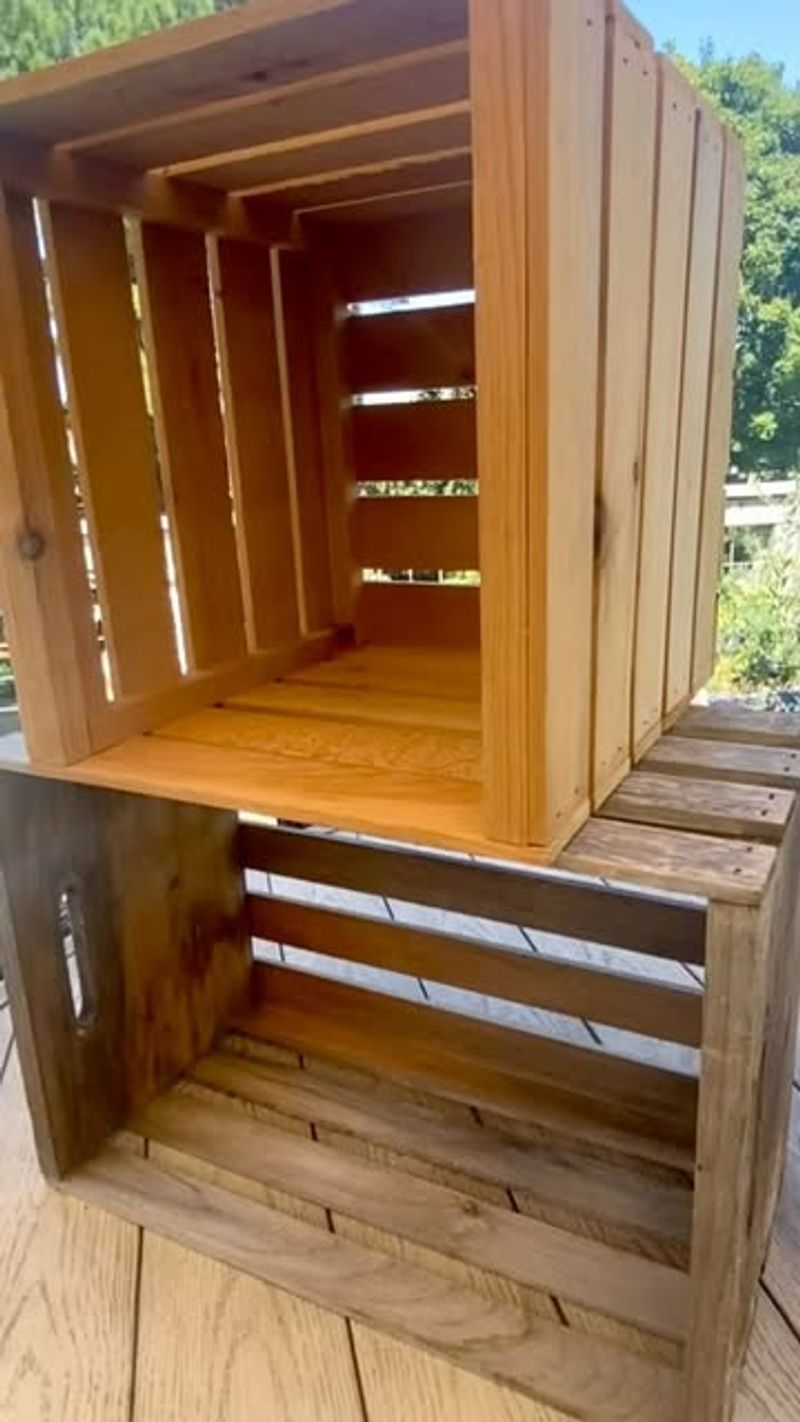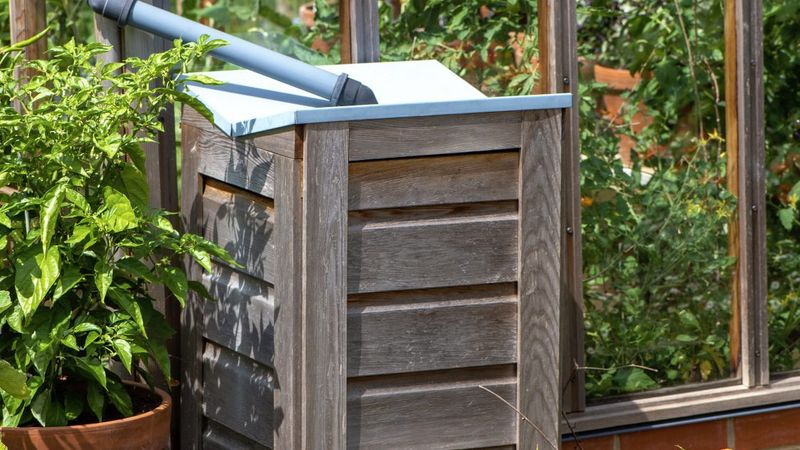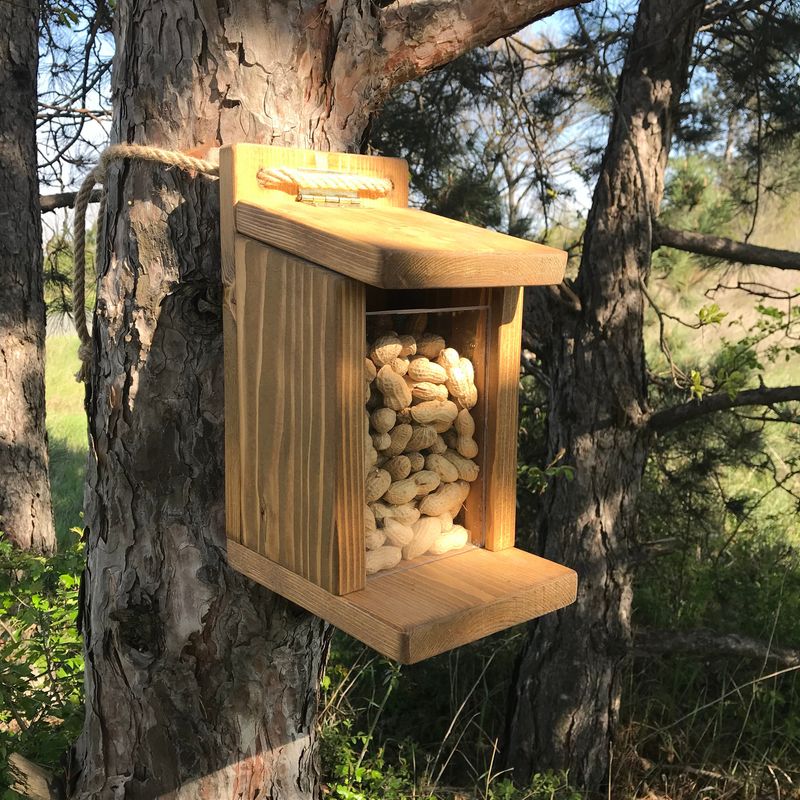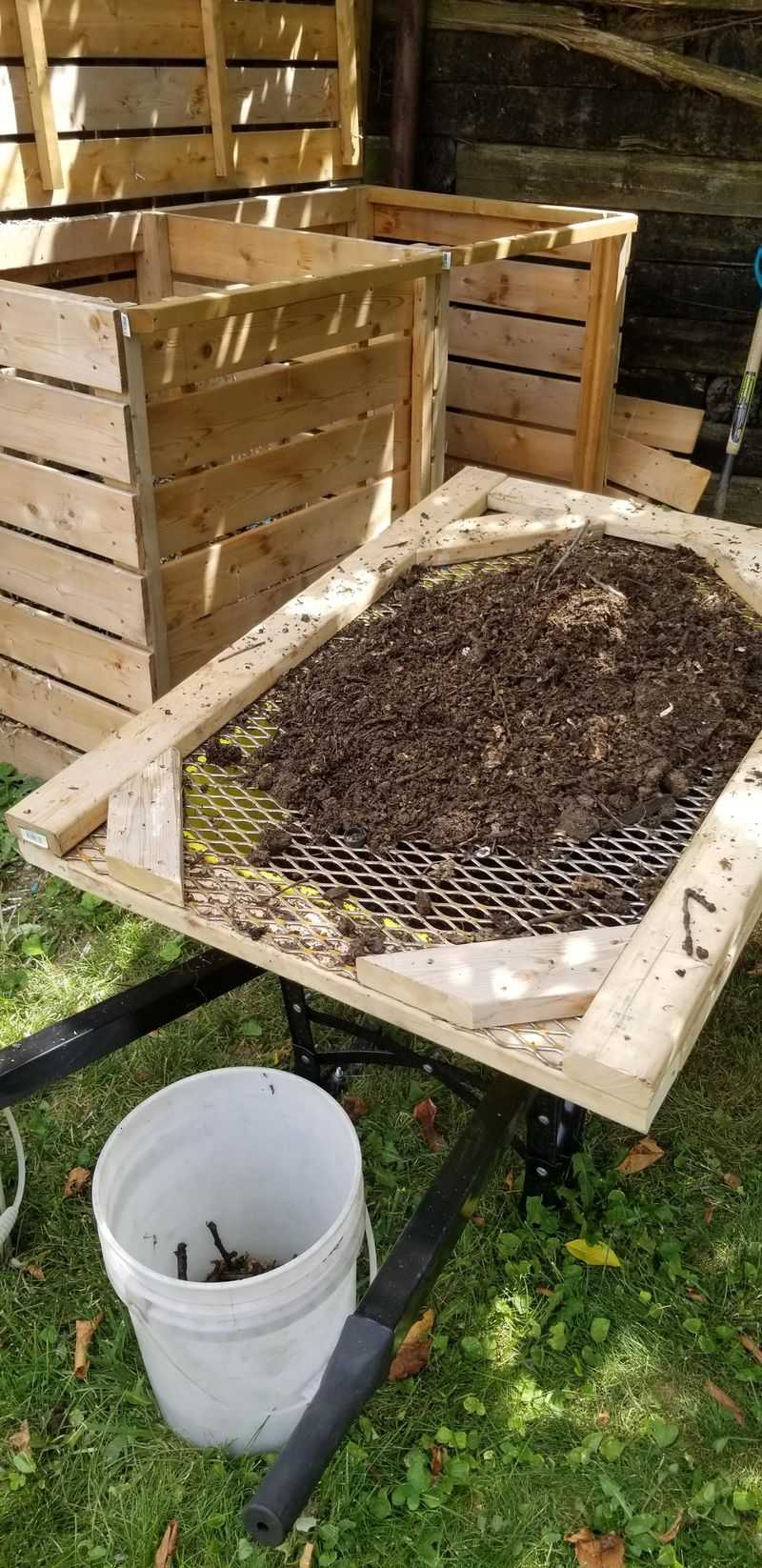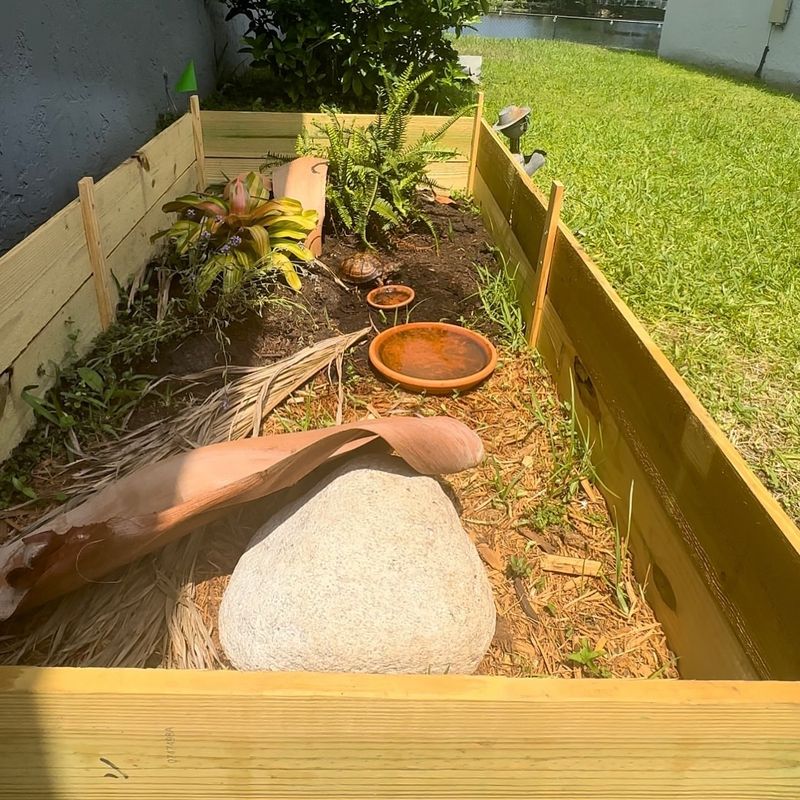Florida gardeners face unique challenges with heat, humidity, and limited space. Wooden crates have become a secret weapon for organizing tools and plants while adding rustic charm to outdoor spaces.
Creative DIYers across the Sunshine State are transforming these simple boxes into functional storage solutions that stand up to Florida’s tough weather conditions.
1. Vertical Wall Planters
Old wooden crates mounted on fences create perfect vertical gardens that save precious ground space. Simply sand down rough edges, add drainage holes, and apply a weather-resistant sealant before filling with soil.
Florida gardeners love how these elevated planters keep delicate herbs away from ground pests while making harvesting a breeze. The natural wood tones blend beautifully with outdoor spaces and can be painted to match your home’s color scheme.
2. Rolling Tool Caddy
Transform a sturdy crate into a mobile garden assistant by attaching heavy-duty wheels to the bottom. Add a handle to one side using a wooden dowel or repurposed tool handle for easy pulling.
The compartments naturally organize small tools, seed packets, and garden gloves. Many Florida gardeners add dividers inside to create even more storage sections. This hack prevents back strain from constant bending and keeps everything within arm’s reach.
3. Rain-Proof Cushion Storage
Florida’s sudden downpours make outdoor cushion storage essential. Line a large crate with waterproof fabric and add a hinged lid cut from plywood for instant protection.
The wood’s natural ventilation prevents mildew growth – crucial in Florida’s humidity. Many homeowners add cedar blocks inside to repel insects naturally.
Position these storage boxes as extra seating around fire pits or pools for double-duty functionality that guests will appreciate during outdoor gatherings.
4. Hanging Basket Organizer
Nail several small crates to a fence or shed wall at different heights, creating a stylish cascade of storage space. Each box becomes a perfect holder for small potted plants or frequently used tools.
The elevated position keeps items safe from Florida’s notorious fire ants and periodic flooding. Arrange the crates in an artistic pattern for visual interest.
Many gardeners add small hooks underneath for hanging spray bottles or garden gloves.
5. Seedling Starter Station
Shallow crates make perfect seedling stations for Florida’s year-round growing season. Line with plastic, drill drainage holes, and fill with seed-starting mix for an instant nursery.
Label each section with popsicle sticks to track what’s growing where. The portability means you can chase optimal sun conditions as the day progresses.
When seedlings outgrow their starter homes, the entire crate can be easily moved to a shaded area for hardening off before transplanting.
6. Solar Light Display
Upended crates become magical light displays when solar stake lights are inserted through holes drilled in the bottom (now the side). The crate frames the lights while providing stability against Florida’s frequent breezes.
Position these illuminated crates along garden paths or around entertainment areas for ambient lighting. The wood diffuses the light for a warm, inviting glow.
Many Florida gardeners paint their light crates white or pale colors to maximize the reflection.
7. Potting Bench Extension
Crates stacked alongside existing potting benches create valuable extra workspace. Secure them together with outdoor screws and add a piece of weather-resistant plywood across the top for a smooth surface.
The open sides provide perfect storage for pots, soil bags, and larger tools. Florida gardeners appreciate how the elevated design keeps supplies off the damp ground.
Many DIYers add hooks to the sides for hanging trowels and pruners within easy reach.
8. Hurricane Supply Organizer
Weatherproofed crates become essential emergency organizers during Florida’s hurricane season. Apply multiple coats of marine-grade sealant and label each crate for different categories of supplies.
Stack them in garages or storage rooms, keeping flashlights, batteries, and first aid items easily accessible. The uniform size makes for efficient storage while the sturdy construction protects contents.
Many coastal residents appreciate how quickly these can be loaded into vehicles during evacuations.
9. Poolside Towel Station
Florida’s pool culture demands smart towel storage. A crate mounted to a post or fence near the pool area makes grabbing fresh towels convenient. Add hooks underneath for hanging wet swimsuits and towels to dry.
The open design promotes airflow, helping towels dry quickly in Florida’s humidity. Many homeowners paint these crates in bright beach colors for a fun tropical vibe.
Position near pool gates as a reminder for guests to grab towels before entering the water.
10. Shade-Loving Plant Shelter
Florida’s intense sun can damage delicate plants. Crates positioned on their sides create perfect sheltered spaces for shade-loving varieties. The partial enclosure mimics natural forest conditions while providing protection from harsh afternoon rays.
Arrange multiple crates to create a stepped display for hostas, ferns, and begonias. The wood naturally regulates temperature fluctuations, keeping soil cooler.
Many gardeners add small battery-operated fans during extreme heat waves for additional air circulation.
11. Rainwater Collection System
Waterproofed crates stacked under downspouts become clever rain barrels perfect for Florida’s frequent showers. Line with heavy pond liner and install a spigot near the bottom for easy access to collected water.
The wooden exterior stays cooler than plastic alternatives, reducing algae growth. Many gardeners decorate these with native plant motifs or coastal themes.
Position on elevated platforms to increase water pressure when using for irrigation through connected soaker hoses.
12. Butterfly Feeding Station
Florida’s abundant butterfly population loves dedicated feeding areas. A crate mounted on a post creates a perfect platform for shallow dishes of sugar water, overripe fruit, and mineral-rich mud puddles.
The height deters ants while keeping butterflies safe from predators. Many gardeners add small sections of colorful sponges soaked in sugar water for additional feeding spots.
Position near butterfly-attracting plants for maximum activity and enjoyment from indoor viewing areas.
13. Orchid Display Case
Florida’s humidity makes it perfect for orchid growing. Crates with one side removed and replaced with chicken wire create ideal ventilated display cases that protect delicate blooms from heavy rain.
Mount these protective showcases under trees where dappled light filters through. The open wire allows air circulation while keeping out larger pests and debris.
Many orchid enthusiasts add small battery-operated humidifiers during drier months to maintain optimal growing conditions for prize specimens.
14. Compost Sifter Station
Gardening in Florida’s sandy soil requires constant compost addition. A crate with hardware cloth attached to the bottom becomes the perfect sifter for processing homemade compost.
Mount this sifter between two supports at waist height to eliminate back strain. The finished compost falls through while larger pieces remain for further decomposition.
Many gardeners position these stations near vegetable gardens for immediate amendment of planting areas with fresh, nutrient-rich material.
15. Reptile Refuge Boxes
Florida gardens benefit from helpful reptiles like lizards and nonvenomous snakes that control pests. Crates positioned in quiet corners create perfect wildlife habitats that attract these beneficial creatures.
Fill partially with leaves, small branches, and pine straw to create hiding spots. The natural wood provides temperature regulation during hot days.
Many gardeners drill small access holes in the sides and position these refuges near vegetable gardens where pest control is most needed.

